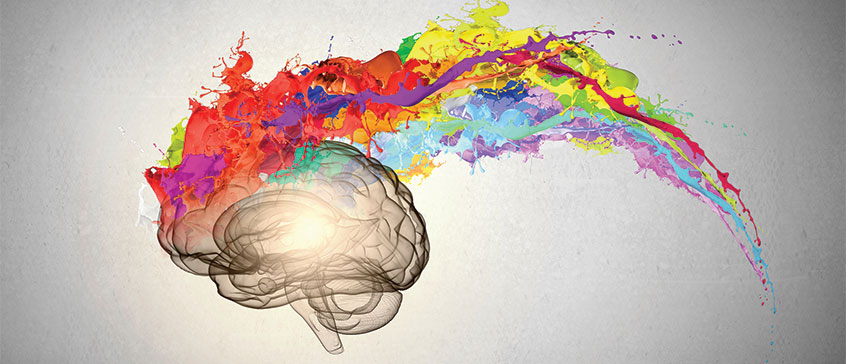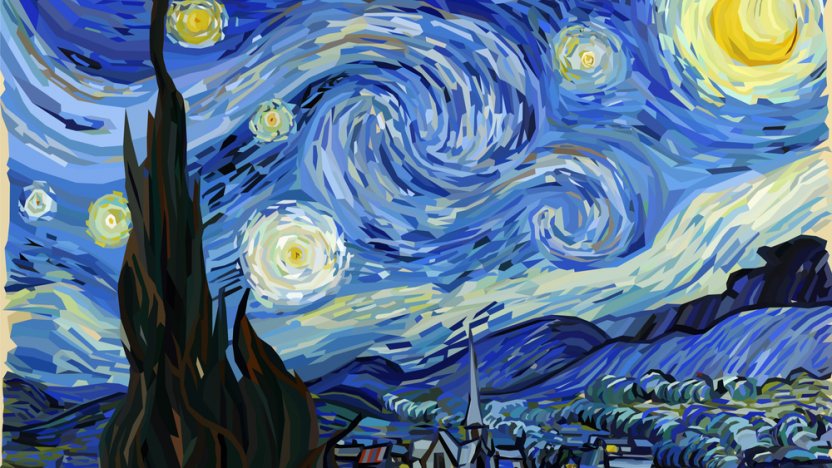Looking Into the Diverse World of Artistic Expression: From Surrealism to Abstract Realism
In the world of imaginative expression, from the dreamlike landscapes of surrealism to the intricate play of light and form in abstract realism, artists have continuously pressed the borders of creativity and creative imagination. As we check out the complex globe of art, we are presented with a tapestry of styles, methods, and viewpoints that test our understanding and provoke reflection.
Surrealism: Letting Loose the Subconscious
Surrealism, a progressive artistic movement of the 20th century, explored the depths of the subconscious, revealing a globe of dream-like images and unusual associations. Spearheaded by artists like Salvador Dali, René Magritte, and Joan Miró, Surrealism sought to challenge the standard methods of seeing and comprehending art. With strategies such as automatism and dream analysis, Surrealist musicians intended to use the unconscious mind to expose surprise truths and needs.
One of the key components of Surrealism was the emphasis on the unreasonable and the exceptional. By incorporating unanticipated elements in their works, Surrealist artists aimed to create a feeling of disorientation and surprise in the audience. This disruption of logic and reason was suggested to prompt a deeper exploration of the subconscious and the mysteries of the human subconscious.
Abstract Realism: Redefining Assumption
Challenging conventional artistic boundaries, Abstract Realism redefines perception through the fusion of identifiable elements with abstract kinds. This cutting-edge method to art incorporates the representational accuracy of realistic look with the imaginative freedom of abstraction, supplying visitors an one-of-a-kind aesthetic experience that triggers them to examine their perception of reality.
In Abstract Realism, artists make every effort to catch the essence of their topics while also infusing their deal with a feeling of deepness and complexity with abstract elements. By blending the acquainted with the strange, these artists invite target markets to engage with their pieces on numerous degrees, encouraging them to explore the nuances of form, shade, and appearance.

Cubism: Fragmentizing Reality
Using fragmented viewpoints and geometric kinds, Cubism changed the creative depiction of truth in the very early 20th century. This strategy not just deconstructed truth but likewise highlighted the monotony of the canvas, paving the means for future abstract art activities.

Cubism can be classified into 2 major stages: Analytical Cubism, identified by monochromatic color pattern and complex, fragmented kinds; and Artificial Cubism, which included collection aspects and brighter shades into the structures. With these distinct stages, Cubism affected not only painting yet likewise sculpture, design, and design. trump art. Its influence reverberated throughout the art globe, inspiring artists to discover brand-new methods of representing the globe and translating around them
Expressionism: Feelings on Canvas
Exploring the depths of human feelings with meaningful and vibrant brushstrokes, Expressionism arised as a profound artistic activity in the very early 20th century. Unlike previous art activities that concentrated on depicting the external world, Expressionism delved into the internal world of the artist's subconscious, intending to evoke raw feelings and prompt visceral feedbacks from viewers.
Expressionist musicians, such as Edvard Munch, Egon Schiele, and Emil Nolde, rejected traditional concepts of elegance and realism for distorting kind and shade to convey subjective feelings. Making use of exaggerated brushwork, strong shades, and distorted numbers aided develop a sense of worry, alienation, or enthusiasm in their jobs.
Among one of the most famous instances of Expressionism is Munch's "The Scream," which captures the extreme anxiety and anguish of modern-day life via its swirling, distorted figure against a blood-red skies. With their mentally charged jobs, Expressionist artists sought to test standard creative norms and provide a home window into the stormy depths of the YOURURL.com human heart.
Contemporary Art: Developing Point Of Views

One of the defining attributes of modern art is its consistent development and capacity to adjust to transforming social landscapes. Artists are progressively including technology right into their technique, obscuring the lines in between the digital and physical worlds. This blend of tools permits innovative methods of narration and involving with audiences in a more interactive manner.
In addition, contemporary art often offers as a platform for social commentary, dealing with pressing issues such as identification, politics, and the setting. Artists are utilizing their work to prompt and stimulate vital conversations idea, losing light on the complexities of the globe we stay in. As point of views remain to progress, modern art remains a dynamic and prominent force in forming our social landscape.
Conclusion
To conclude, the globe of creative expression incorporates a wide variety of activities and designs, each with its own distinct technique to communicating significance and emotion. From surrealism's expedition of the subconscious to abstract realism's redefining of assumption, and from cubism's fragmentation of truth to expressionism's representation of emotions, art remains to evolve and test perspectives - trump art. Contemporary art shows the ever-changing globe we live in, offering new methods to translate and recognize the complexities of our reality
As we explore the diverse globe of art, we are provided with a tapestry of designs, techniques, and approaches that test our understanding and prompt visit consideration. Its impact resounded across the art globe, motivating musicians to explore new means of representing the world and translating around them.
